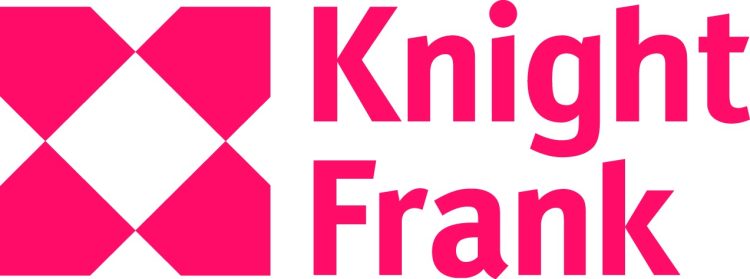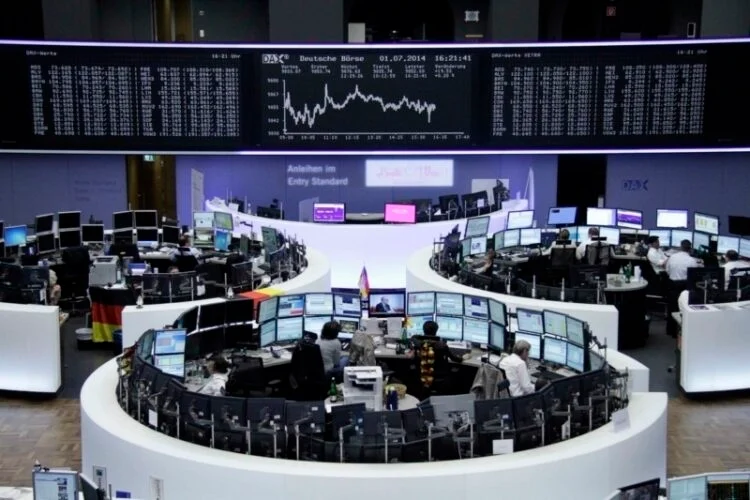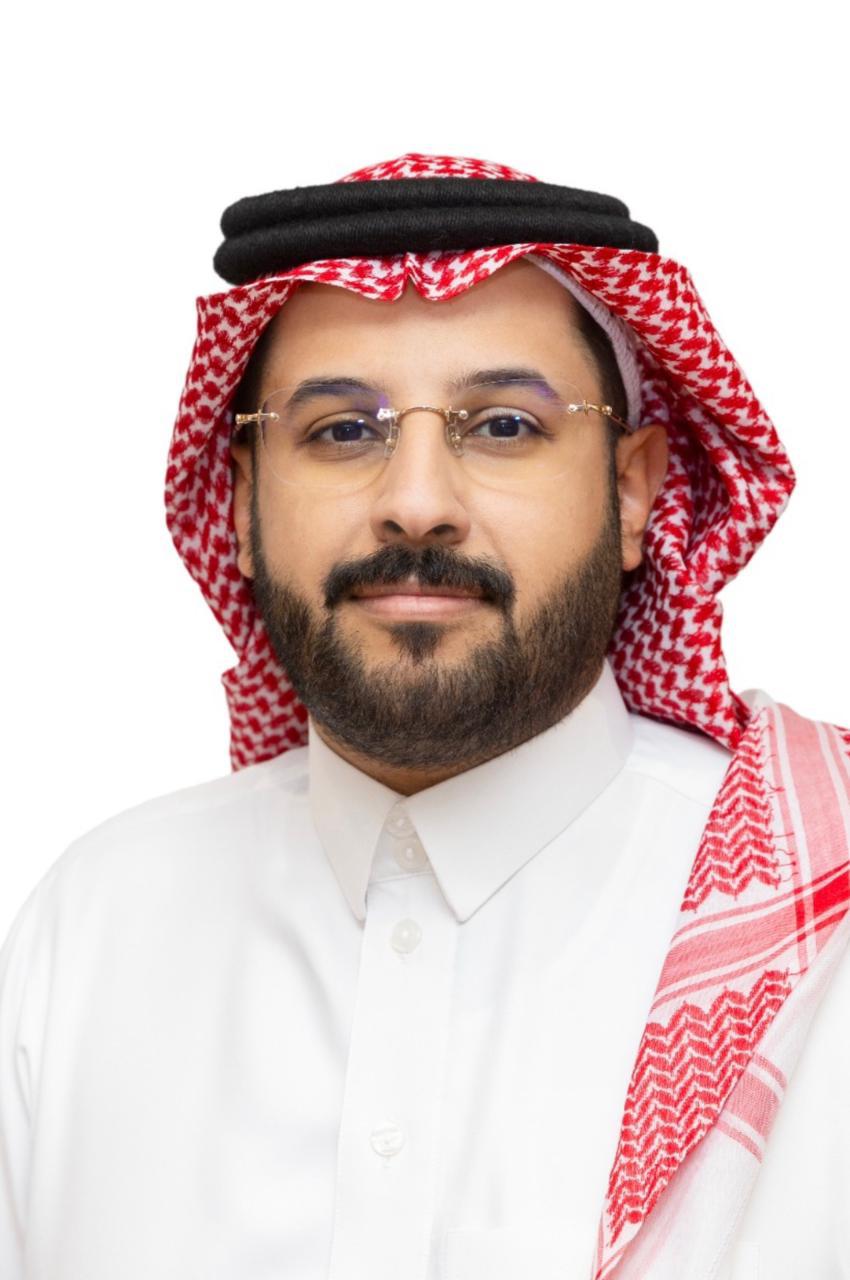Publisher: Maaal International Media Company
License: 465734
Knight Frank: Transaction values rise as Saudi nears 70% home ownership target
As prices reach record levels in cities like Riyadh, 45% of wealthy Saudis remain eager to purchase a home this year, according to The Saudi Report 2025 from global property consultant Knight Frank.
With the domestic home ownership rate approaching the government target of 70% by 2030, the high cost of borrowing and surging house price growth are further cooling demand, the report found.
In its survey of 1,037 households across the Kingdom, including 100 Saudi-based expats, carried out in partnership with YouGov, Knight Frank identified declining appetite for purchases among both first-time buyers and existing owners.
اقرأ المزيد
Demand from first-time buyers looking to buy a home has slipped to 29%, compared to 40% in 2023 and 84% during 2022.
Knight Frank noted that the authorities’ efforts to drive up the home ownership rate among Saudi nationals, which stood at 63.7% at the end of 2023 is now tantalisingly close to the 2030 goal of 70%.
SUSTAININING AND CREATING NEW HOUSING DEMAND
Harmen de Jong – Regional Partner, Strategy & Consulting, KSA, commented: “What we are experiencing now is an organic slowing in demand as the 70% home ownership target approaches and as residential values start to peak in the current cycle. The rampant house price growth across the country, too, is curbing the appetite to purchase.
“This has been evidenced by our survey results, as among our respondents, just 33% plan to buy a home or upgrade their accommodation in 2025, which is down on the 40% figure we recorded in 2023, which underscores the success the authorities have had in boosting home ownership levels”.
In Riyadh, for instance, apartment prices have risen by75% over the last five years, while villa prices have grown by 39% over the same period. This, combined with a high-interest-rate environment – headline interest rates today stand at 5%, up from 1% in 2021 – is also contributing to the growing list of demand-dampeners.
Knight Frank said 31% of Saudi nationals and Saudi-based expats already own the home they live in, with a further 23% being content with their current living arrangements. Meanwhile, 13% of those surveyed believe house prices are too high.
Nationwide residential transactions, which accounted for 61.5% of all real estate deals by total value, registered a 38% increase in the number of deals to just under 202,661 sales. While the value of residential transactions increased by 35% to SAR 164.8bn over the same period.
A combination of factors has underpinned the growth in residential real estate transactions in Saudi Arabia over the past few years. In 2023, more than 96,000 families benefited from the Kingdom’s Housing Program, which helps to facilitate access to affordable home financing solutions. During the first half of 2024, an additional 55,000 families benefited from this program.
Faisal Durrani – Partner, Head of Research, MENA, said: “Undoubtedly, the next big area of focus for developers will be on creating new and additional sources of demand, which may soon materialise in the much-anticipated change in foreign ownership laws.
“We continue to march toward an eventual and much-anticipated easing in international ownership laws in the Kingdom. The recent change in investor rules allowing international investors to access the property markets in the Holy Cities through listed companies, announced in January, will help to begin addressing the pent-up demand from international investors hungry to access real estate markets in the Kingdom’s Holy Cities”.
Knight Frank has previously found that international Muslim high-net-worth individuals, based outside the Kingdom, are prepared to spend US$ 2bn on residential real estate in Makkah and Madinah.
De Jong added: “This follows on from January’s introduction of Premium Residency Visas, one of which is connected to property ownership, with a minimum investment of SAR 4 million for Saudi-based expats and international buyers. This move clearly indicates the direction of travel and the strongest hint yet of authorities’ plans to boost inward international real estate investment”.
AFFORDABILITY
Knight Frank has also undertaken analysis to understand the affordability of homes in the Kingdom for Saudi nationals. Affordability, as measured by income multipliers, i.e., the number of years of income needed to purchase a home, has deteriorated in Riyadh since 2018, but remained steady in Jeddah and the Dammam Metropolitan Area. Typically, and around the world, a multiplier of six times annual income is considered affordable.
Knight Frank’s calculations are based on analysis of villa and apartment prices plus 2018 and 2023 Household Income and Consumption Expenditure Surveys. In 2023, average annual household income of Saudi nationals was SAR 311,940 in the Riyadh Region, SAR 186,924 in Makkah Region and SAR 223,932 in the Eastern Province.
Riyadh experienced the highest income growth among all regions, with average household monthly income, recorded as SAR 25,995 in 2023, rising 62.4% above 2018 levels. All the same, increasing income has not kept pace with the 75 % increase in apartment prices over the same period, leading to a relatively small deterioration in affordability.
Susan Amawi – General Manager, KSA, said: “Villas in Riyadh are now more unaffordable for the majority of low- and middle-income nationals. Neighborhoods like Qurtaba exhibit high-income multipliers of 11x for villas, making them inaccessible to most middle-income households. However, neighborhoods like Tuwaiq, with multipliers of 5x for villas, remain relatively affordable due to more moderate property prices”.
Knight Frank’s analysis shows that Jeddah experienced limited increases in average household income of 6.3% between 2018 and 2023, with the average monthly income reaching SAR 15,577 in 2023. Despite weakness in the real estate market, income multipliers remain high for most neighborhoods, such as Obhur Al-Shamaliyah (13x for villas). Apartments offer better affordability due to slower price growth and lower starting prices, with multipliers of 4x or below in most neighborhoods in Jeddah.
Knight Frank has previously found that the delta between market pricing and potential home buyers’ budgets was misaligned and pointed to an opportunity to develop homes that are more affordable. The results of The Saudi Report 2025 suggest the mismatch between expectations and reality remains, with 42% of Saudi nationals and Saudi-based expats prepared to spend up to SAR 1.5 million on a new home. This compares to an average four-bedroom villa price in Riyadh of around SAR 2.8 million.
The average home purchase budget for Saudi nationals ranges from SAR 2.1 million for those with monthly earnings of between SAR 10,000 and 20,000 and rises to SAR 3.7 million for those earning between SAR 70,000 and 80,000 per month. For context, the average ticket price for a four-bedroom villa in Riyadh is SAR 2.8 million, suggesting that villas may be less affordable for middle-income Saudis without additional financial support or alternative financing options.
Durrani explained: “While it is encouraging to note that there are those with deeper pockets, this segment of the Saudi population remains relatively small and with over 1,000,000 residential units due to be built for sale across the Kingdom’s giga projects by 2030, most of which we expect will be priced above US$ 1 million, there is a very real risk of an oversupply of luxury housing in the Kingdom over the next five to ten years, unless new sources of demand are identified or tapped into, chiefly, international buyer demand.”
PURCHASING RATIONALE
Upgrading to a larger home (43%) is the primary motivator for Saudi nationals and Saudi-based expats, according to Knight Frank. For expats in the Kingdom, this is especially important, with 47% citing their main reason for moving or buying a new property is the need for additional space. The desire to move to a different neighborhood in order to access a better lifestyle ranks as the second strongest motivator (39%).
Separately, most (53%) of those surveyed by Knight Frank show a clear preference for buying completed properties. The desire is highest among Saudi nationals, ranging from 55% for those on monthly incomes of SAR 10,000-20,000 per month, climbing to 64% for those earning SAR 40,000-50,000 per month. 38% of expats earning over SAR 30,000 per month are keen on purchasing a completed home.
Amawi concluded: “Overall, the desire to buy a ready-to-move-into home is greatest among the highest earners, irrespective of whether respondents were Saudi nationals or Saudi-based expats, ranging from 50% of those on a monthly income of over SAR 80,000, climbing to 67% for those with a monthly income of SAR 70,000-80,000, hinting at the growing challenge faced by the market to satisfy immediate demand, without pricing out buyers”.








